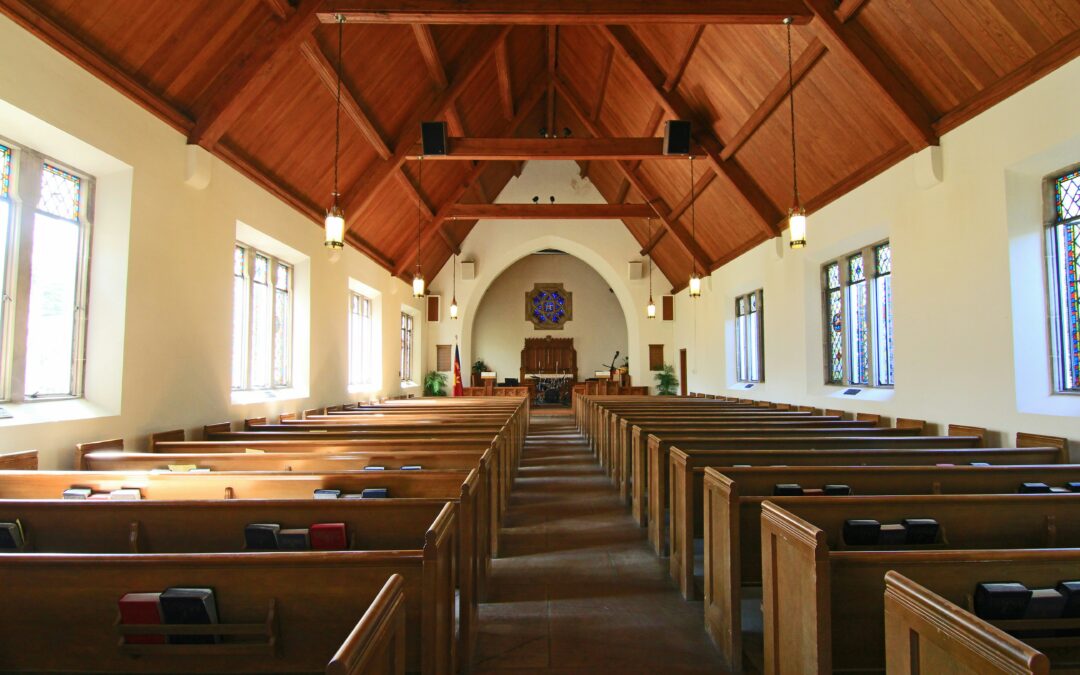Hard to believe that Holy week is just around the corner. What are you doing to lead people into their journey with Jesus? Below are 3 reflection questions to consider as you lead your people into Holy Week.
What is the significance of Holy Week?
I grew up in a home that valued following Jesus, and Holy Week was a part of our church practice. To be honest, when I was younger, I did not understand why we went to church on a Thursday, kind of understood Friday, and genuinely got the meaning of Easter. Reluctantly, I went to services, although I was not an active participant.
My earliest memories of Easter included Sunrise service (if we were super motivated). Instead of gathering at our campus for services, we traveled to a local high school football stadium where we combined the services into one big celebration. The worship director and his team pulled out all the stops; the pastor preached the gospel. The entire morning was intended for people to invite their friends and relatives with the hope that they might hear the gospel and respond. It is forever engraved in my memory.
If you grew up in a church environment, are leading in a liturgical congregational setting, or are educated in the rhythms of the church calendar – this will be boring and redundant. But if Holy Week is fuzzy in your mind or you are curious, hopefully this blog might fill in some gaps. Let’s get started!
Holy Week is the week beginning with the Sunday immediately leading up to Easter.
Day 1: Triumphal Entry on Palm Sunday
Day 2: Jesus Clears the Temple on Monday
Day 3: Jesus Goes to the Mount of Olives on Tuesday
Day 4: Holy Wednesday
Day 5: Passover and Last Supper on Maundy Thursday
Day 6: Trial, Crucifixion, Death, and Burial on Good Friday
Day 7: Saturday in the Tomb
Why is this important?
Most churches in the West give their attention to Holy Week. In addition to Christmas, Easter is the prime weekend to invite people to a worship service. Many people who have never been to church are more likely to show up if invited by a trusting friend or relative; Easter still holds religious connotations in our culture.
Typically, as churches strive to be relevant to their constituents in the name of “effectiveness,” many have put Palm Sunday, Maundy Thursday, and Good Friday services in the background. The reasons are many, varied, and rational. At the same time, the rhythms and traditions that are lost can hurt the next generation because these events are like muscles that, when under-utilized, atrophy! Memories are short-lived.
Back to the point. Easter is a wonderful time to invite people to church. Even if your church is not a classic seeker church, this time of the year is strategic for church attendance.
3 Questions To Consider When Preparing for Holy Week
- What practices can you introduce to your people?
- What tools are you putting in people’s hands to make invitations easy?
- What are you doing to imprint Jesus on the next generation?
- What are you doing to make services inviting for visitors to your church?
- How are you following up with people who come to your services?
Lent Challenge – Week 5 of Lent!
As we journey through the weeks leading up to Jesus’ crucifixion and eventual resurrection, I will draw from the Spiritual Exercises of St. Ignatius. The exercises have helped me and many, many others throughout church history to listen to and discern the voice of the Holy Spirit, especially when discerning direction.
I invite you to consider the “grace” (or “prayer of intent”) for this week:
“The grace you are seeking is to sorrow with Christ in sorrow, anguish with Christ in anguish, with tears and interior suffering because of the suffering Christ endured for you.”
St. Ignatius (1491-1556)
May I suggest you read through the following passages on this schedule beginning next Monday:
- Day 1 – The Cross (See poem below.)
- Day 2 Or Day 3 – Stations of the Cross
- Day 4 – John 13:1-38 Lord’s Supper
- Day 5 – John 19:28-42 Crucifixion
- Day 6 – Holy Saturday
- Day 7 – Resurrection Sunday
The Cross by Lois Cheney
I stand before the cross
And wonder.
I stand before the cross
And fear.
I kneel before the cross
And weep.
I pray before the cross
And rejoice
To know the cross
Is to know Christ.
To feel the cross
Is to feel Christ.
To gaze at the cross
Is to gaze at Christ.
To carry the cross
Is to be a Christian,
And not until then.
God, forgive me.
* Journey with Jesus by Larry Warner
Photo by Debby Hudson on Unsplash

